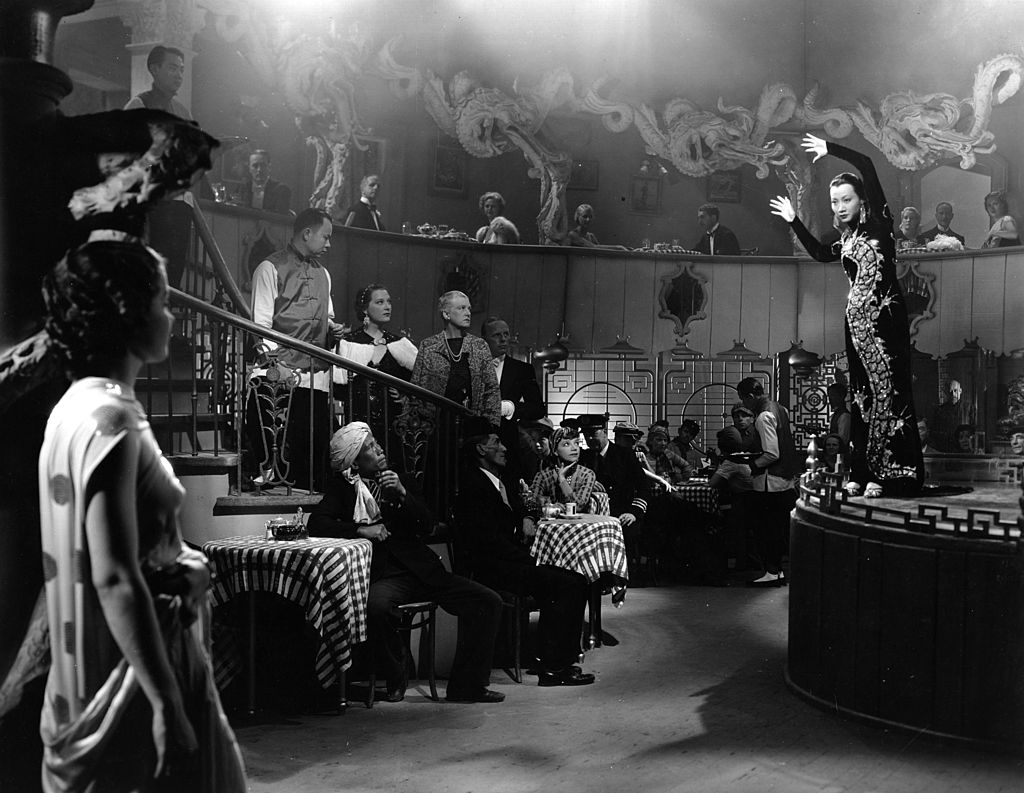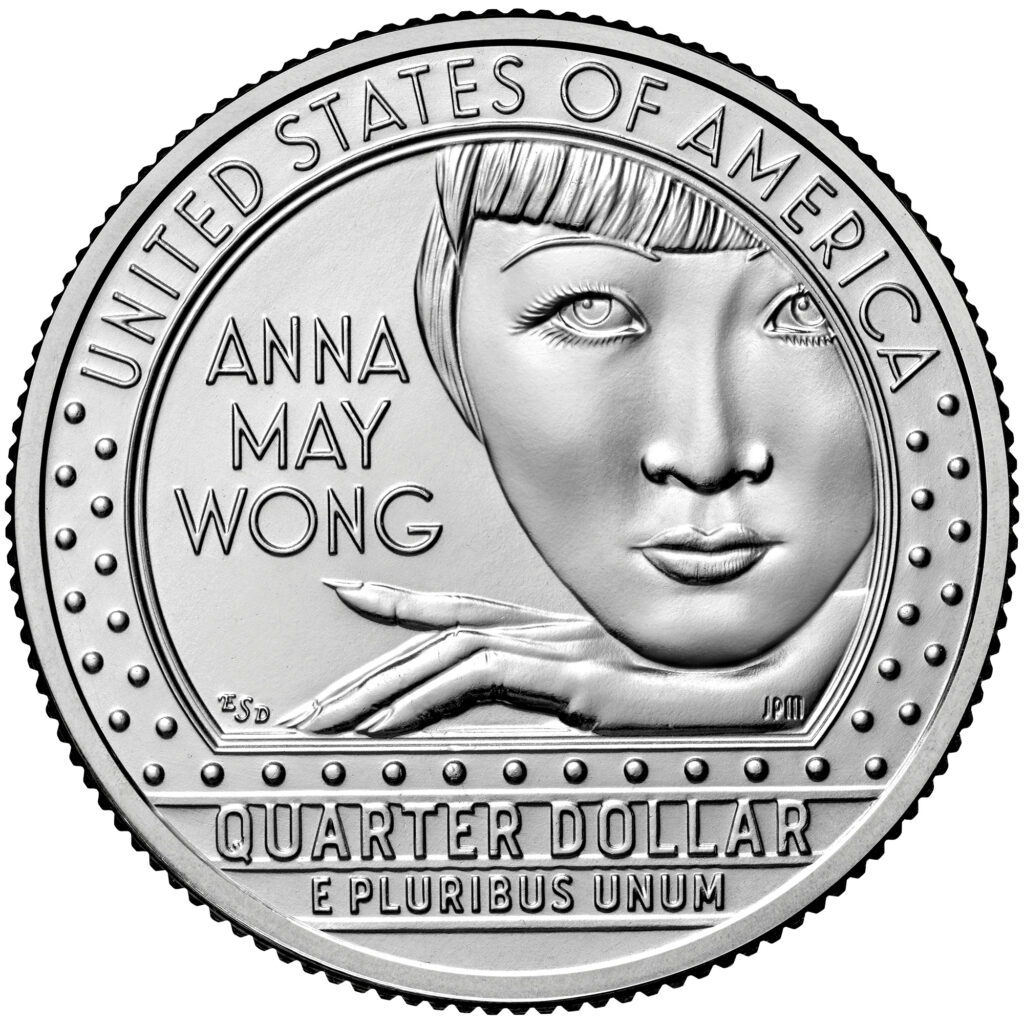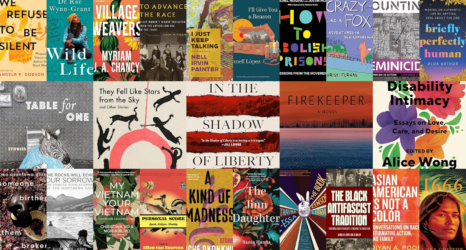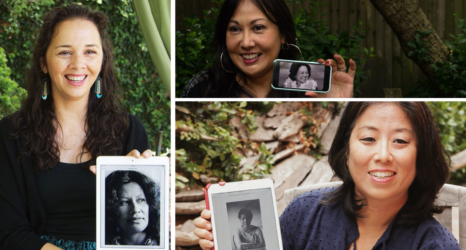
Lucy Liu, Brenda Song, Gemma Chan and a slate of other Chinese and Asian American actors owe a huge debt of gratitude to Anna May Wong. A trailblazer who earned notoriety in Hollywood as a huge talent in the 1920s and ’30s, she singlehandedly challenged the industry to redefine its concept of what constitutes a leading lady. According to Paramount film producer A.C. Lyles, her hard work and success so impressed production houses that they decided a Chinese leading lady was long overdue.
While a hugely significant accomplishment, Hollywood—citing a legal concern—made the unfortunate decision to cast a white women wearing yellowface over a well-proven Anna May Wong in a MGM’s 1937 adaptation of Pearl Buck’s The Good Earth. She was offered a supporting part of the seductress, Lotus—a stereotypical role she did not accept. Tired of Hollywood’s type-casting, she took her talents to Europe where she was welcomed and celebrated.
Returning to the U.S., she performed on Broadway and successfully transitioned from silent films to sound films—something many Hollywood actors failed to achieve. During World War II, Wong toured with the United Service Organizations and worked with the United China Relief Fund.
In 1951, Wong made history with her television show The Gallery of Madame Liu-Tsong, the first-ever U.S. television show starring an Asian American series lead. For a young woman born to Chinese immigrants who ran a laundry in Los Angeles, these qualities of diligence and resilience paved her way to international success an actress, singer, fashion icon and business woman.

It’s only fitting—and long overdue—that she is now being nationally celebrated as the fifth woman featured in the U.S. Mint’s American Women’s Quarters Program. Designed to recognize the often unsung achievements and pivotal contributions women have made throughout the course of history, she joins fellow female icons Maya Angelou, Dr. Sally Ride, Wilma Mankiller and Nina Otero-Warren with her likeness on the face of the quarter.
This program is one important step toward recognizing historical women who have been breaking barriers and thwarting prejudice for generations. History that does not acknowledge their struggles and contributions is simply incomplete. In fact, a report looking at the Status of Women in U.S. Social Studies Standards found that women’s topics are often an addendum to the main storyline and do not collectively address the breadth and depth of women’s history. Rather, they tend to focus on a minority of topics and overwhelmingly emphasize women in domestic roles—even more so for women of color.
While Anna May Wong may not have played the leading lady in Hollywood, she did achieve fashion icon status across the globe. Despite the often degrading and stereotypical depictions of Chinese women on screen, Wong fully embraced and celebrated her heritage and ethnicity. She influenced Western fashion with her exotic and unconventional style, incorporating the use of silk fabrics and floral patterns on traditional cultural pieces, such as the qipao or the high-neck collar Mao suit. In fact, superstar Marlene Dietrich—Wong’s good friend with whom she shared the screen in Shanghai Express—often copied her styles in her own fashion choices. As an acknowledgement of her influence, Wong was named the most well-dressed women in the world by the Mayfair Mannequin Society of New York in 1934.
While strides have been made since the 2015 #OscarsSoWhite (and so male) era, it’s no secret that Hollywood continues to have a diversity problem. Authentic and genuine change can only be achieved when all aspects—from writers to producers to actors and agents—are allowed a meaningful voice and role. Wong was a true trailblazer, trying to make a dent in how women, and in particular women of color, were perceived and valued. Her legacy should serve not only as a lesson to Hollywood, but as an inspiration for the next generation of leading American female artists—and all artists—to come.
Up next:
U.S. democracy is at a dangerous inflection point—from the demise of abortion rights, to a lack of pay equity and parental leave, to skyrocketing maternal mortality, and attacks on trans health. Left unchecked, these crises will lead to wider gaps in political participation and representation. For 50 years, Ms. has been forging feminist journalism—reporting, rebelling and truth-telling from the front-lines, championing the Equal Rights Amendment, and centering the stories of those most impacted. With all that’s at stake for equality, we are redoubling our commitment for the next 50 years. In turn, we need your help, Support Ms. today with a donation—any amount that is meaningful to you. For as little as $5 each month, you’ll receive the print magazine along with our e-newsletters, action alerts, and invitations to Ms. Studios events and podcasts. We are grateful for your loyalty and ferocity.





